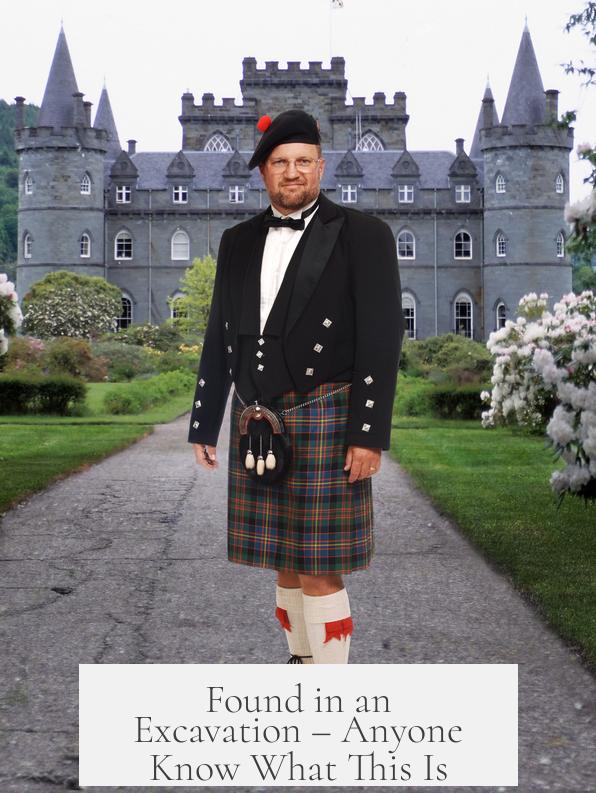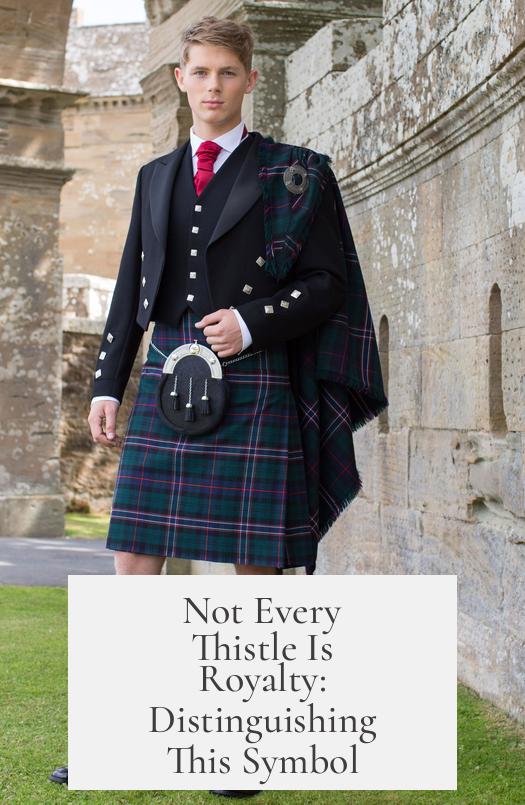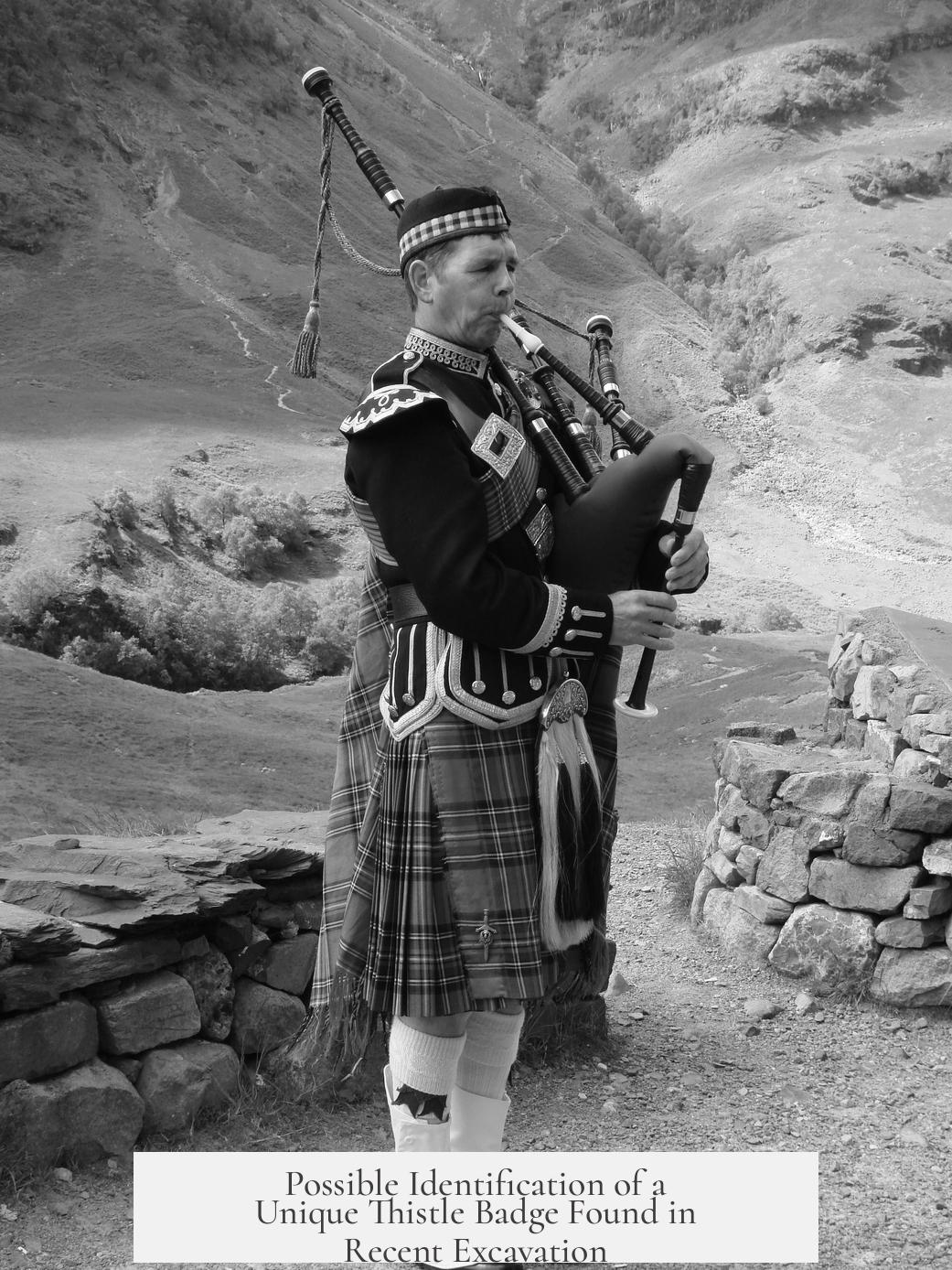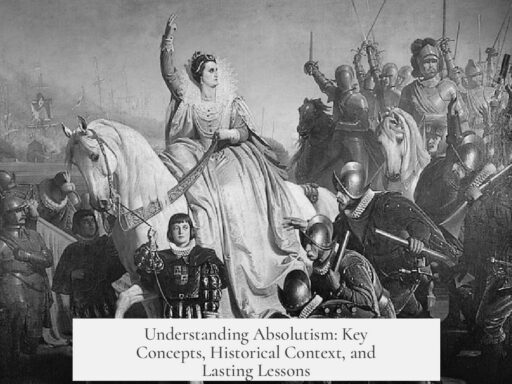The object found in the excavation is most likely a traditional Scottish thistle emblem. This symbol is deeply tied to Scotland, representing bravery, resilience, and strength. It appears in various forms such as jewelry or military insignia, resembling badges used by Scottish regiments like the London Scottish 15th Middlesex Rifles or the Royal Scottish Reserve Regiment from around 1900.
The design matches the classic Scottish thistle motif. This emblem holds great cultural significance and ties back to Scottish heritage. According to local folklore, the thistle became a symbol of Scotland after the 13th-century Battle of Largs. A legend tells of a Norse invader who stepped barefoot on a thistle, alerting Scottish defenders to the attack. While folklore often evolves, this story highlights the thistle’s symbolic role in historic Scottish identity.
The thistle motif is frequently crafted into brooches, pins, or other forms of decorative jewelry. It shares cultural weight similar to Ireland’s Claddagh ring. The symbol also commonly appears on military cap badges, traditionally worn on Scottish headwear such as the Glengarry or Balmoral bonnets. These items serve as both ornamental and identification pieces within Scottish regiments.
Visual clues such as pins or markings on the reverse side of the object could provide more details. For proper identification, examining any engravings, maker’s marks, or attachment mechanisms may clarify its specific purpose or date. Such details help distinguish between decorative jewelry and military insignia.
The emblem in question does not belong to the Royal Order of the Thistle. That prestigious order’s badge typically includes rays or a saltire (a diagonal cross), which this object lacks. Military insignia often incorporate the saltire or crown symbols; their absence helps exclude this possibility.
Instead, the object closely resembles Scottish regimental badges. It shares visual similarities with the cap badge of the London Scottish 15th Middlesex Rifles, a unit documented on British military flora sites. It is also reminiscent of badges used by the Royal Scottish Reserve Regiment, formed circa 1900 during the Second Boer War. These regiments produced lapel or cap badges featuring the thistle without the more elaborate decorations of royal orders.
Typically, Scottish regiment badges are used on No. 2 dress uniforms or battle dress. The badge might belong to a lapel form rather than a cap badge, worn by officers or enlisted men in formal or operational settings. Such insignia serve to indicate regimental identity and tradition.
The following table summarizes characteristics of the object and its possible connections:
| Feature | Details |
|---|---|
| Design | Traditional Scottish thistle, symbol of bravery and resilience |
| Possible Uses | Jewelry (brooches, pins), military cap or lapel badge |
| Military Association | Similar to London Scottish 15th Middlesex Rifle and Royal Scottish Reserve Regiment badges |
| Not Included | Royal Order of the Thistle insignia, due to absent rays and saltire |
| Recommended Action | Check for marks or pins on reverse for further identification |
Further research can benefit from consulting resources related to the Scottish thistle and military insignia:
- Historic UK – The Thistle, National Emblem of Scotland
- Scottish National Trust – The Thistle
- British Armed Forces – Scottish Regimental Badges
- Royal Scottish Reserve Regiment Cap Badge (Boer War)
- Photograph of London Scottish Regiment Officer Jacket Badge
- The emblem is a traditional Scottish thistle, symbolizing strength and courage.
- It may be decorative jewelry or a military lapel/cap badge from Scottish regiments.
- Not connected to the Royal Order of the Thistle, based on missing heraldic features.
- Further identification requires examining the object’s reverse side for markings or pins.
- The badge may date from the early 20th century, linked to regiments active during the Boer War.
Found in an Excavation – Anyone Know What This Is?

If you uncover a curious object during an excavation, the first question that pops into your head is usually, “What on earth is this?” Well, if your found item looks like a spiky flower steeped in history, you might just be holding a traditional Scottish thistle symbol.
Let’s dive into the story behind this emblem, decode its mystery, and explore its intriguing uses.
The Scottish Thistle: More Than Just a Prickly Plant
The Scottish thistle isn’t just a thorny weed—it is Scotland’s national emblem, symbolizing bravery, resilience, and strength.
Its roots trace back to local folklore, notably the Battle of Largs in the 13th century. Legend says an invading Norseman stepped barefoot on a thistle, crying out in pain and alerting the Scots to an attack. While the story’s accuracy is debatable, it illustrates the thistle’s status as a symbol of vigilance and protection. True or folklore, the thistle has carved itself into Scottish identity.
Visually distinctive, the thistle’s traditional depiction is common in Scottish art and artifacts, often found in jewelry and military insignia.
Jewelry, Badges, and Beyond: The Thistle’s Many Roles
You might be wondering if your excavation find is a piece of jewelry or military gear. The thistle symbol often graces brooches, pins, and earrings, much like the Irish Claddagh ring symbolizes Ireland.
But here’s the twist: it can also appear as a military cap badge, adorning classic Scottish headwear like the Glengarry or the Balmoral bonnet worn by soldiers and civilians alike. So, the object you found could be anything from a decorative pin to a proud emblem worn on campaign.
Looking Closer: What Clues Should You Check?
Examining the reverse side of the piece is crucial. Are there any pins, clasps, or maker’s marks?
Such features can help determine whether you’re looking at a brooch, lapel badge, or something else. Absence or presence of these details can provide strong hints towards the object’s purpose and origin.
Not Every Thistle Is Royalty: Distinguishing This Symbol

Some might confuse your find with an emblem of the Royal Order of the Thistle, a prestigious honor established by King James VII. But here’s a key fact: the royal insignia characteristically includes rays or the Saint Andrew’s saltire cross, and often a crown.
If your discovery lacks these heraldic flourishes—no rays, no saltire, no crown—it likely isn’t connected to this order.
Similarly, military badges for Scottish regiments typically incorporate these symbols to denote rank and allegiance, so their absence is telling.
A Military Mystery: Could It Be a Regimental Badge?
Does your thistle look familiar? It bears a strong resemblance to cap badges from Scottish regiments, especially the London Scottish 15th Middlesex Rifle or the Royal Scottish Reserve Regiment around 1900.
The Royal Scottish Reserve Regiment played a supporting role during the Second Boer War. Their badges, often featuring a thistle design, were worn on battle dress and formal No. 2 dress uniforms.
This points us towards the possibility that your find is a Scottish regiment lapel badge rather than a cap badge. Lapel badges were worn on the left side of a jacket and indicated regimental pride without the full formality of headgear insignia.
Such badges are coveted today for their historical and military significance.
Why Does This Matter? What Can You Do Now?
Knowing your object is a traditional Scottish thistle emblem connects you to centuries of Scottish history, bravery, and identity. But each piece tells its own story, depending on where and how it was used.
If you want to dig deeper (pun intended), here’s what to do:
- Check the back for any manufacturer stamps or pins.
- Compare your object with images of badges from the London Scottish Regiment or the Royal Scottish Reserve Regiment on trusted military history sites.
- Consult experts or local historians who specialize in Scottish military memorabilia or jewelry.
- Use online collections such as the British Armed Forces regimental badges archive or specialist militaria dealers to find similar items.
A Modern Angle: Why Does Discovering a Thistle Badge in an Excavation Matter?
Unearthing such an object can tell stories not just of military history, but also migration, local Scottish communities abroad, or the spread of Scottish culture. Maybe your excavation site was once a community where Scots settled or fought.
How cool is it that a little metal badge can unlock tales of battles, brave hearts, and cultural identity?
Wrapping Up: What You’re Probably Looking At
Your excavation find is most likely a traditional Scottish thistle emblem, representing Scotland’s bravery and resilience. It might be a piece of jewelry or more likely a regimental lapel badge related to Scottish military history, possibly connected to the London Scottish 15th Middlesex Rifles or the Royal Scottish Reserve Regiment (circa 1900). It is not part of the Royal Order of the Thistle due to missing distinctive heraldic marks.
To nail down its exact purpose, examining the reverse for pins or markings is essential.
The beauty of such finds lies in bridging the past and present, offering a tactile link to Scotland’s storied heritage. So next time you find a prickly plant in the dirt, give it a second look—it might just be history in your hand.
Helpful Links for Further Exploration:




